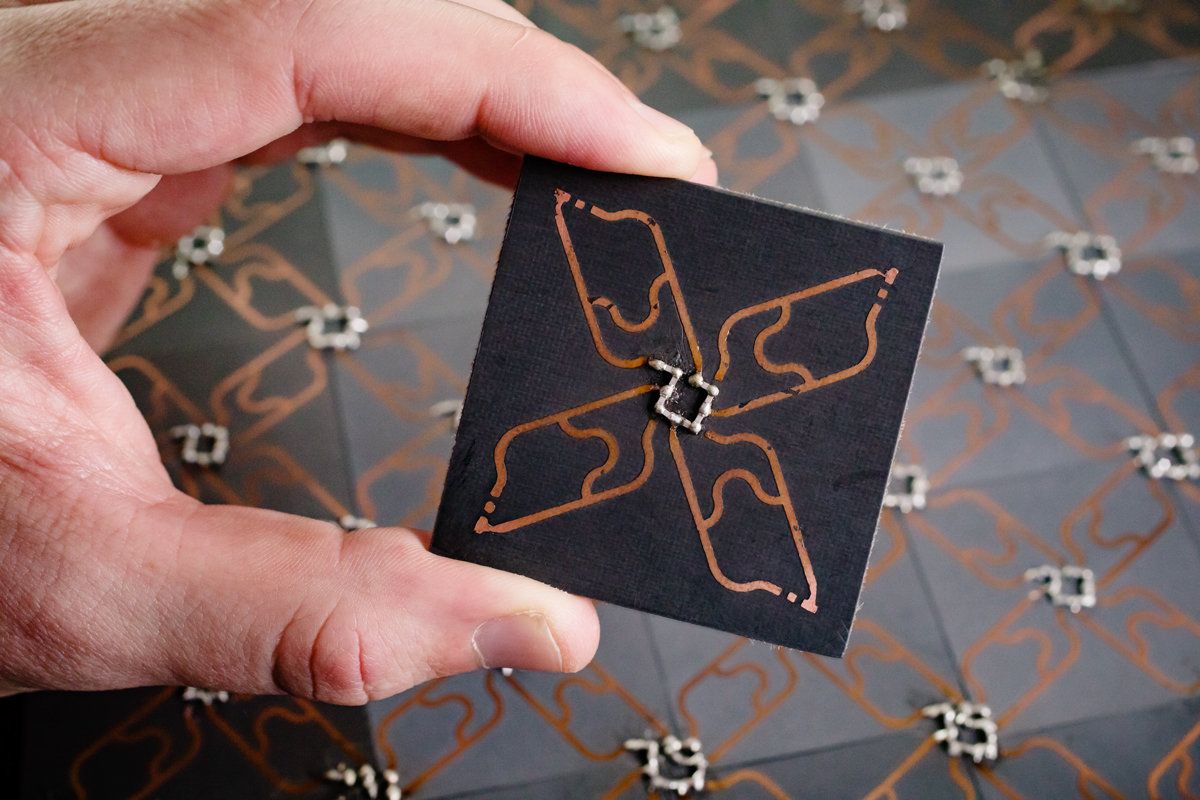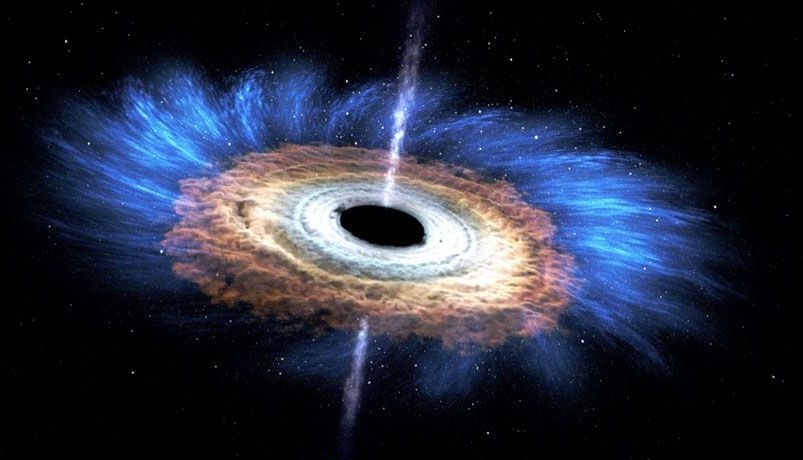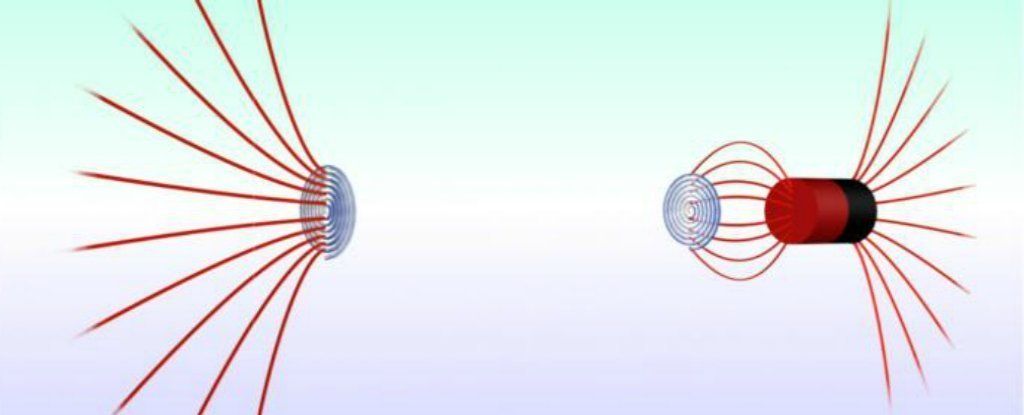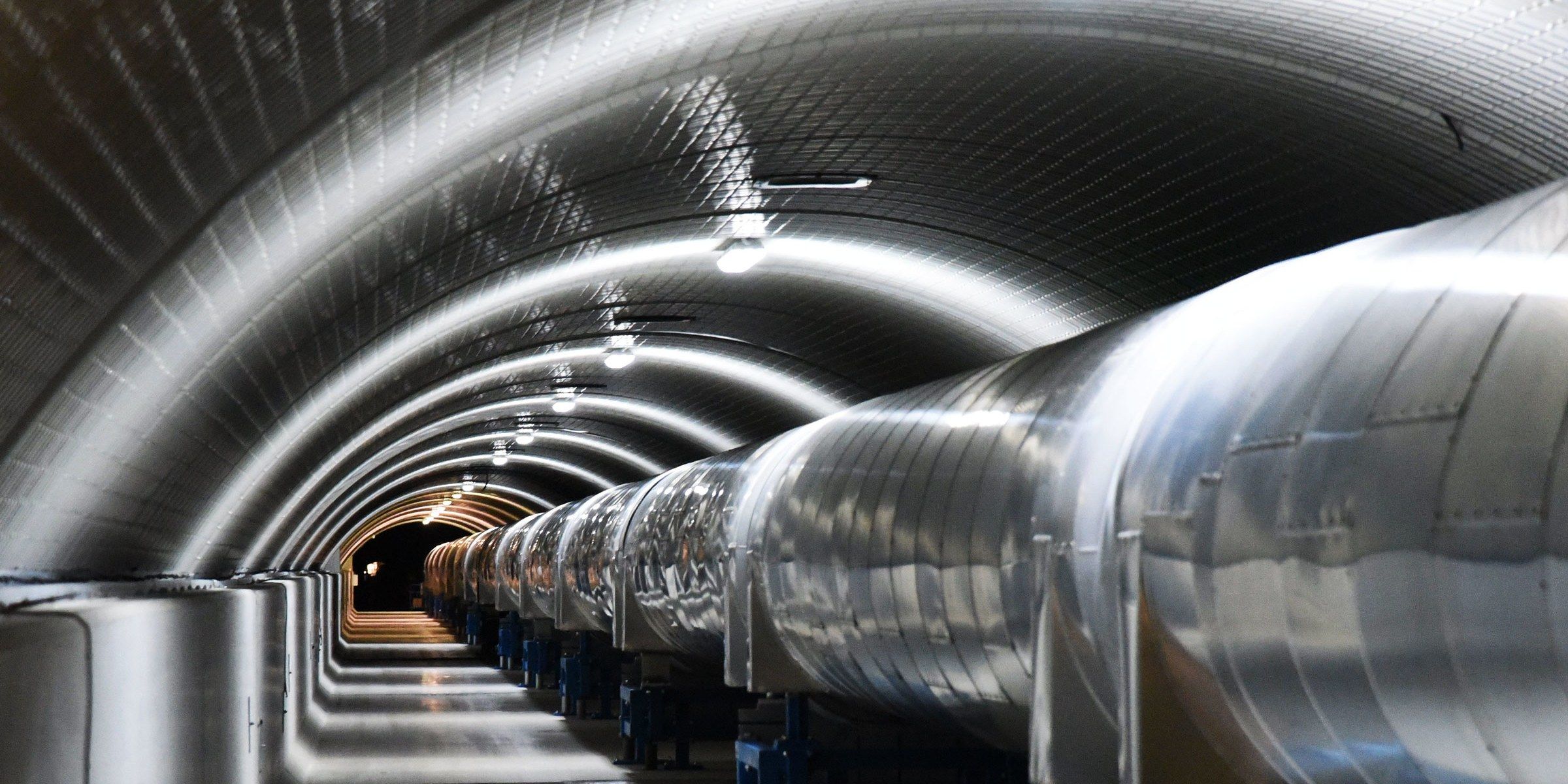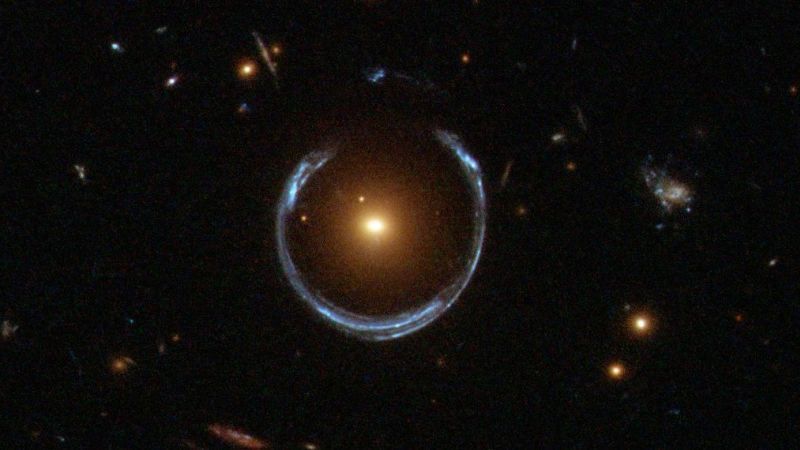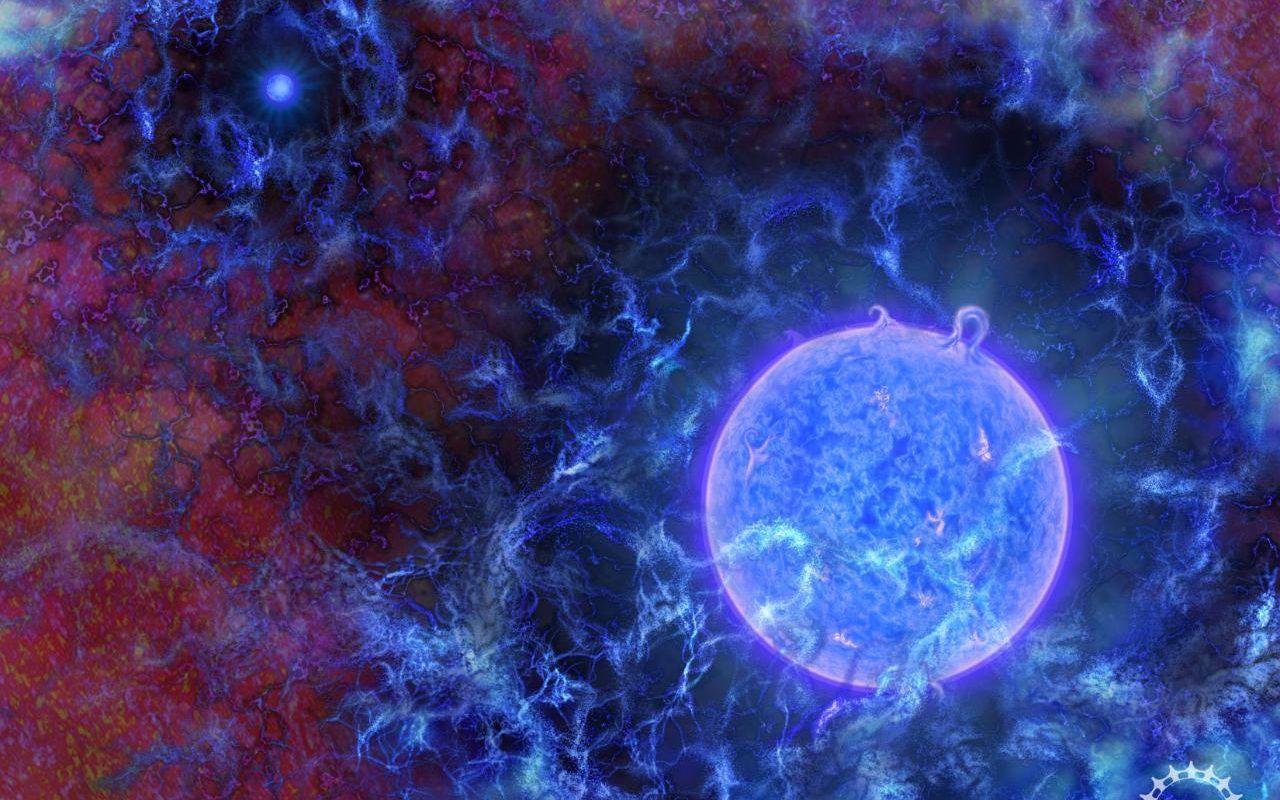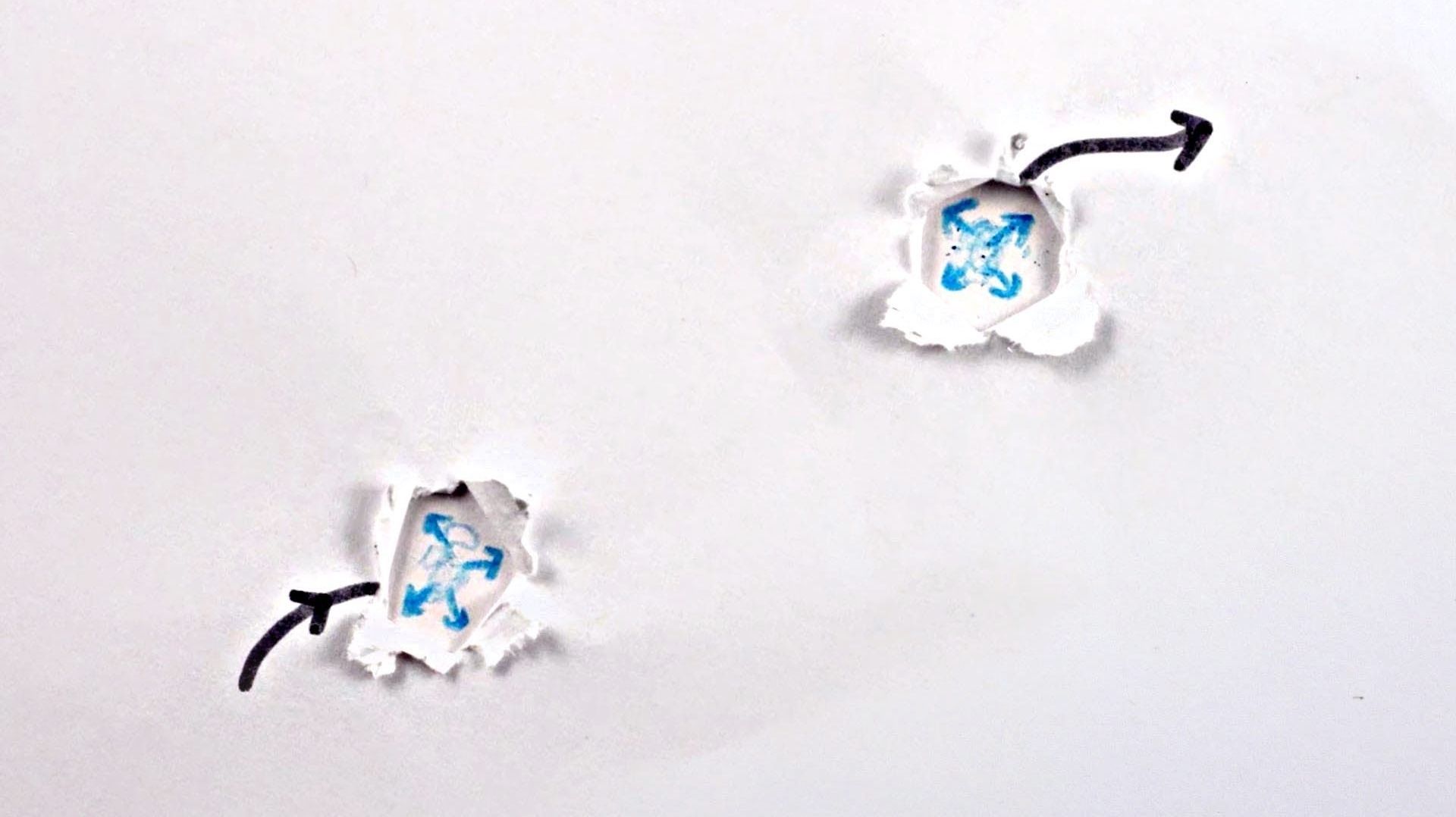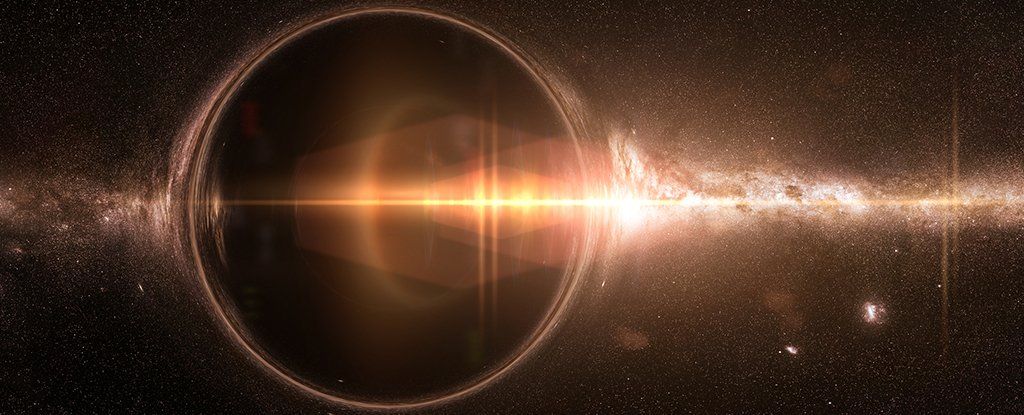Mar 14, 2018
Researchers demonstrate existence of new form of electronic matter
Posted by Shane Hinshaw in categories: computing, physics
Researchers have produced a “human scale” demonstration of a new phase of matter called quadrupole topological insulators that was recently predicted using theoretical physics. These are the first experimental findings to validate this theory.
The researchers report their findings in the journal Nature.
The team’s work with QTIs was born out of the decade-old understanding of the properties of a class of materials called topological insulators. “TIs are electrical insulators on the inside and conductors along their boundaries, and may hold great potential for helping build low-power, robust computers and devices, all defined at the atomic scale,” said mechanical science and engineering professor and senior investigator Gaurav Bahl.
